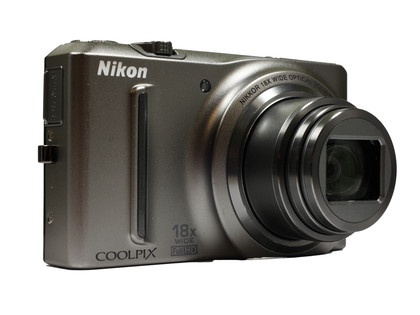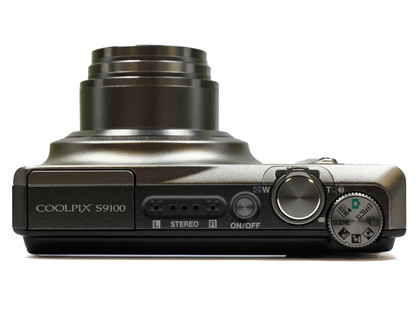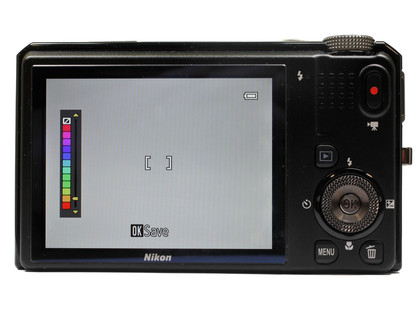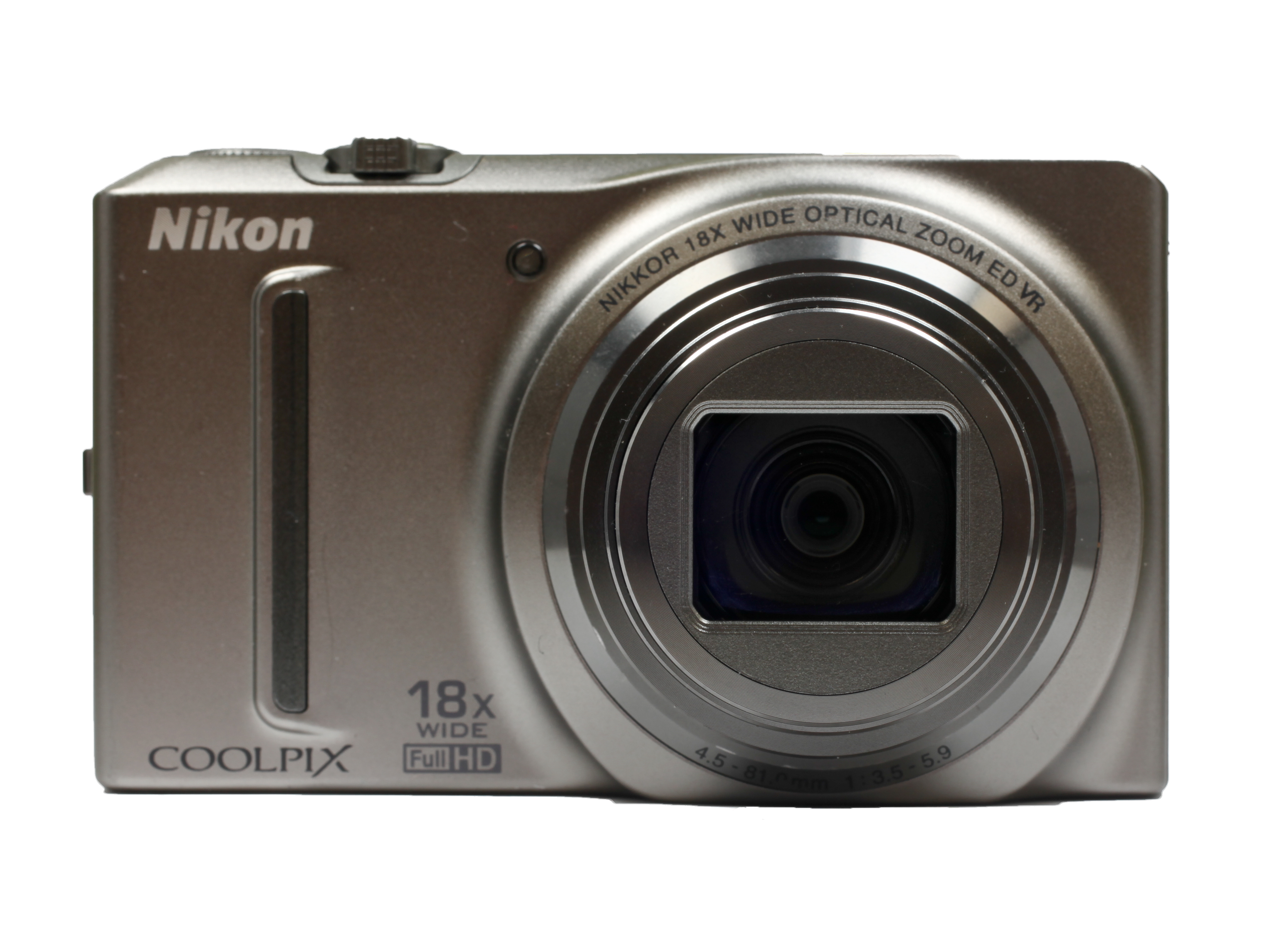Why you can trust TechRadar

The Nikon Coolpix S9100's stylish metal body has a two-tone finish, available in three colour combinations. The silver camera we reviewed has a high-quality gun metal finish to the front part, with a black back plate.
A finger grip placed on the front of the compact superzoom camera provides a firm hold over the body, enabling it to be used easily with one hand.
The Nikon Coolpix S9100 feels very well built, although at 214g, it isn't overly heavy, and shouldn't weigh photographers down if being carried on a wrist strap all day.
Controls such as the zoom, shutter and mode dial are all within easy reach of index finger and thumb, and a thumb rest is provided on the rear. The thumb rest space is quite narrow, so care needs to be taken not to accidentally press the video recording button next to it.

A rotating dial on the camera's rear speeds navigation though menus and provides quick access to exposure compensation, macro, self timer and flash modes. The dial is quite small, so those with larger fingers may find it a little fiddly to use in a hurry. Care needs to be taken when pressing the OK button in the centre of the dial, because it's incredibly easy to nudge the dial and select something else by mistake.
A built-in flash is hidden in the top of the compact camera body, and can be released via a catch on the edge of the Nikon Coolpix S9100.
The flash doesn't pop up automatically, so it can be easily forgotten. Automatic modes display a message on-screen to remind you to raise the flash ready for the next shot.

A very good anti-reflective coating on the camera's 3-inch screen aids display visibility in bright light. The screen is very sharp and shows contrast in photos well, with all information displayed very clearly thanks to the high 921,000 dot resolution.
Starting the Nikon Coolpix S9100 doesn't take long, with the camera ready to take pictures around two seconds after pressing the power button.
Autofocus is generally very quick too, although it can struggle to focus accurately, especially at the long end of the zoom. This means pictures of fast-moving or erratic subjects can often be missed.
